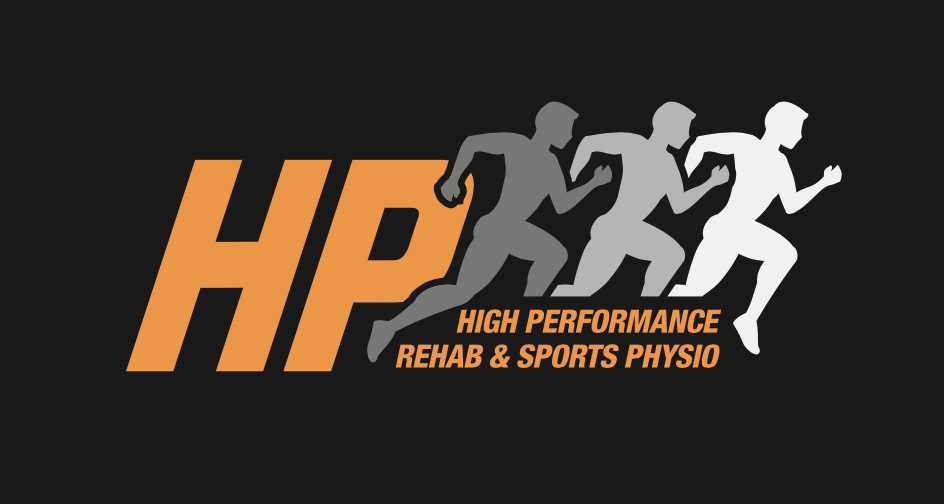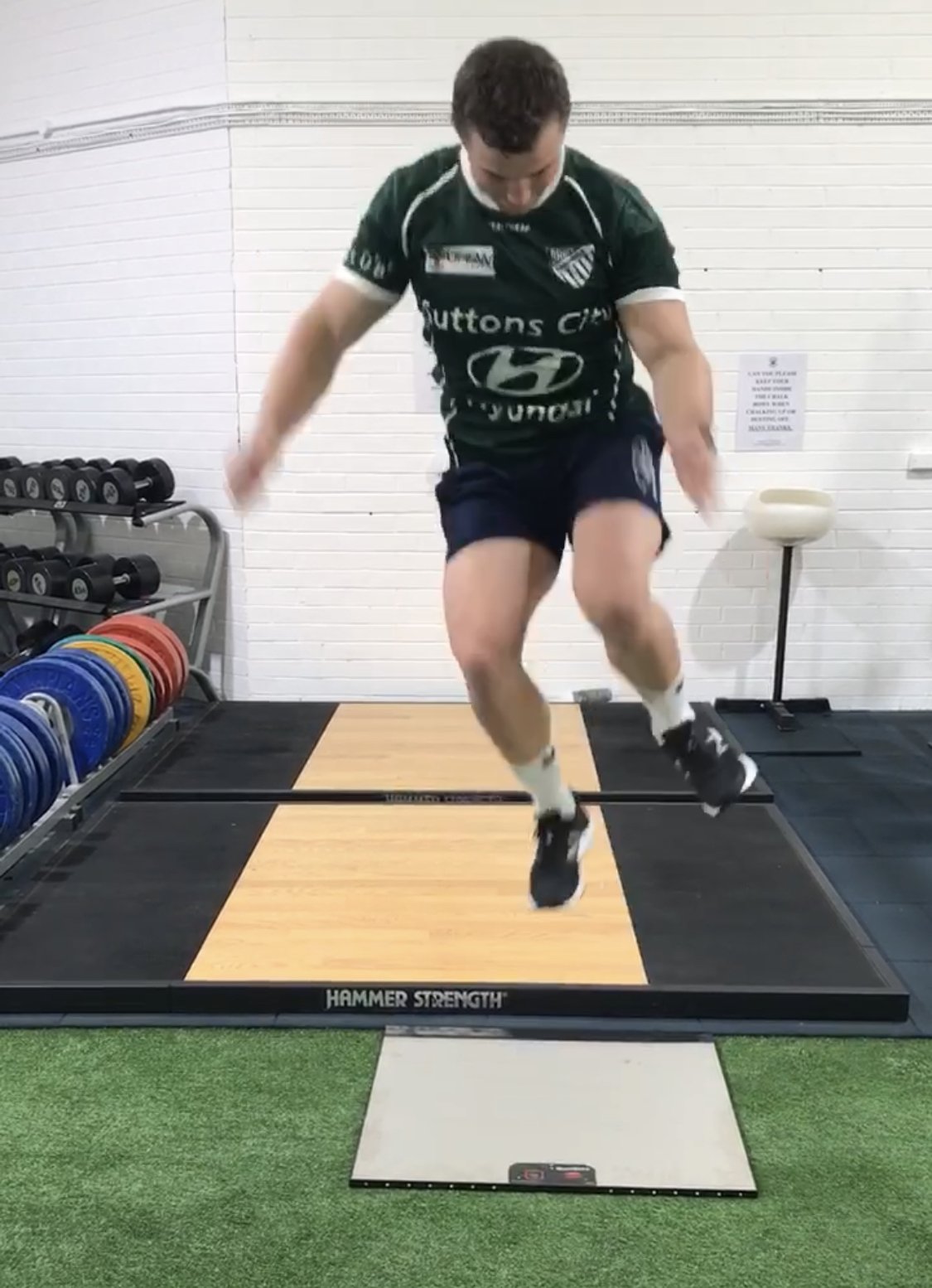Returning to sport without sport specific testing is like driving a car without checking if it has any petrol tank, it’s a risky game to play!
Returning to sport following injury is the most important decision you and your physiotherapist need to make. This decision needs to respect injury pathology healing time frames, strength levels, a return to training and most importantly a sport specific battery of tests.
Each injury is different and will require different tests, as well as tailoring the testing battery to what activity you aim to return to. Here are a few common tests we use at HPRS to assist the decision making process when returning an athlete back to sport.
Returning to sport testing needs to include three elements. Strength, power, and reactive strength/power. Mechanics and movement biomechanics need to analyzed and tests can assist to use metrics to compare to baseline measures and assess limb symmetry (difference between left and right).
Countermovement Jump (CMJ)
Can be performed and tested using force plates or jump mat. The movement starts with hands on hips then jumping as high as you can.
Metrics measured here are jump height, contact time and Reactive Strength Index (RSI).
This can be a good sport specific movement to test as force production through jumping can also correlate with athletic ability and strength.
Single Leg Vertical Hop
Can be done and tested on our jump mat. The movement starts with the athlete standing on one leg hands on hip then jumping as high as they can and landing on the same leg.
The same metrics as the CMJ are measured here as well as side to side differences.
Different to CMJ as it can be used as a single leg strength/power measure as well it can assess your landing ability on one leg.
Lee et el, 2018 showed that this test is a functional measure of strength, power and ability to absorb force through a single limb.
Single Leg Vertical Drop Hop (Jump)
This occurs where an athlete steps off a box, lands on the jump mat with one foot and hops vertically in the air. We use this test to measure reactive power.
Hop height, Contact Time and RSI are measured here. Each metric can assist the therapist to target their rehabilitation according to what needs to improve. Eg increasing strength and power can assist jump height, while contact time can be improved through plyometric and jump mechanics training. Particularly working on fast reactive plyometrics focusing on fast ground contact time.
Kotsifaki et el, 2022 showed that single leg vertical tests and performance metrics showed larger limb discrepancy and asymmetry than horizontal jump testing.
The ability to jump and land on a single leg is crucial in sport and especially important in sports that require you to take off on one leg.
Broad Jump
The movement starts with hands on hips then jumping as far forward as possible.
The distance from the jump is the measure.
This tests your ability to produce horizontal force through your jumping ability.
A very simple test to administer.
Your ability to take off and produce force through a double leg jump is sport specific as all sports require you to produce force through your legs in some form eg jumping for as header, jumping for a mark or even diving off a platform.
What other tests do we do?
Tailored testing will be prescribed specific to the injury. Strength testing is also important but again tailored to what the injury was. For example Quadriceps and hamstring strength testing is crucial for ACL injuries where Calf muscle strength testing may be more important for ankle and foot injuries. In the clinic these type of tests are done using 1RM testing or using our hand held dynamometer.
Restoration of pre injury test measures are ideal, if this information is unknown then limb symmetry can be used and researched benchmarks can also assist to make the return to play decision.
Example Testing Scores:
Here is an example of two sets of testing for an athlete completing their ACL Rehab. The top Table was tested at 6 months and the bottom table is tested at 10months.
What does this testing show us?
The orange boxes show the difference between Right and Left leg scores.
Things to note:
Difference in contact time- At 6months this athlete was spending a longer time in contact with the floor before hopping up - meaning they are less reactive and slow.
The difference in jump height- At 6 months this athlete could only achieve a hop of 12cm high off the ground, improving this height at 10months.
RSI- The difference shows at 10months this athlete is spending less time on the ground and a higher hop - meaning they are faster with their hop.
This is just a snapshot of the type of testing done at HPRS. Again, this will be tailored to the specific athlete and specific injury. Testing as seen here helps aids decision making when returning to sport, assists goal setting and can show outcome progress.
Article Written by Antonietta Del Pinto




